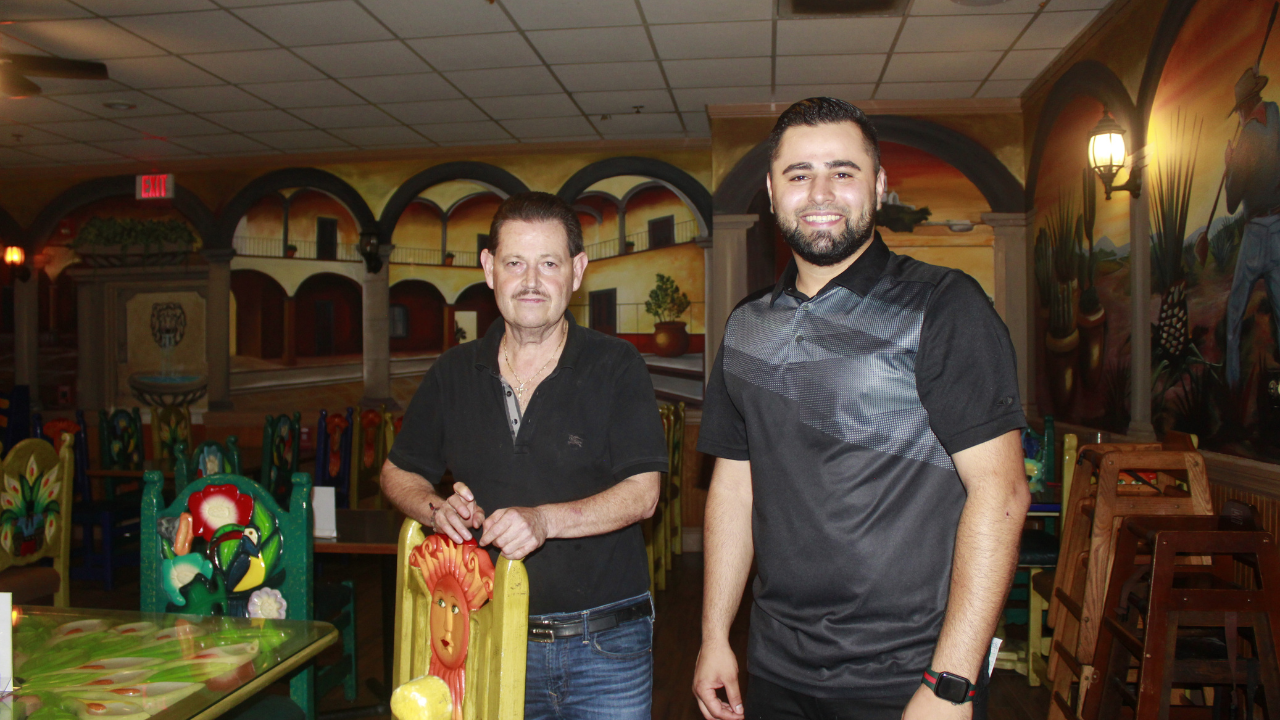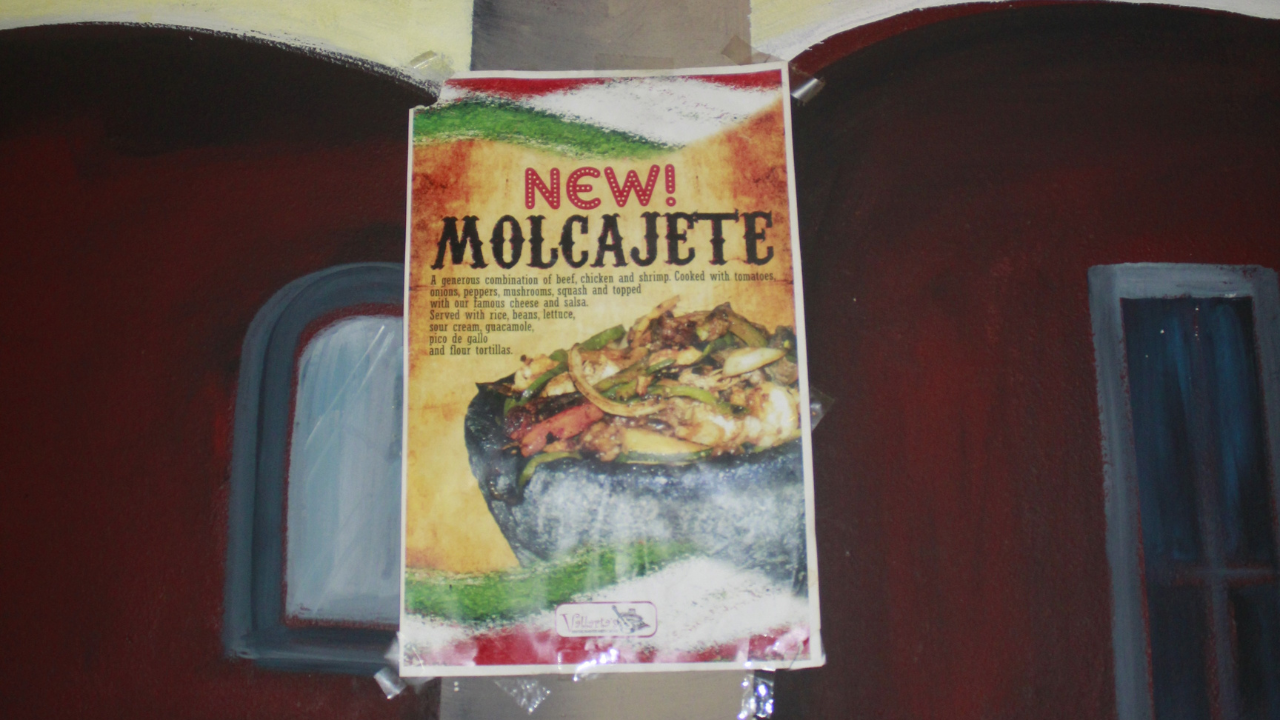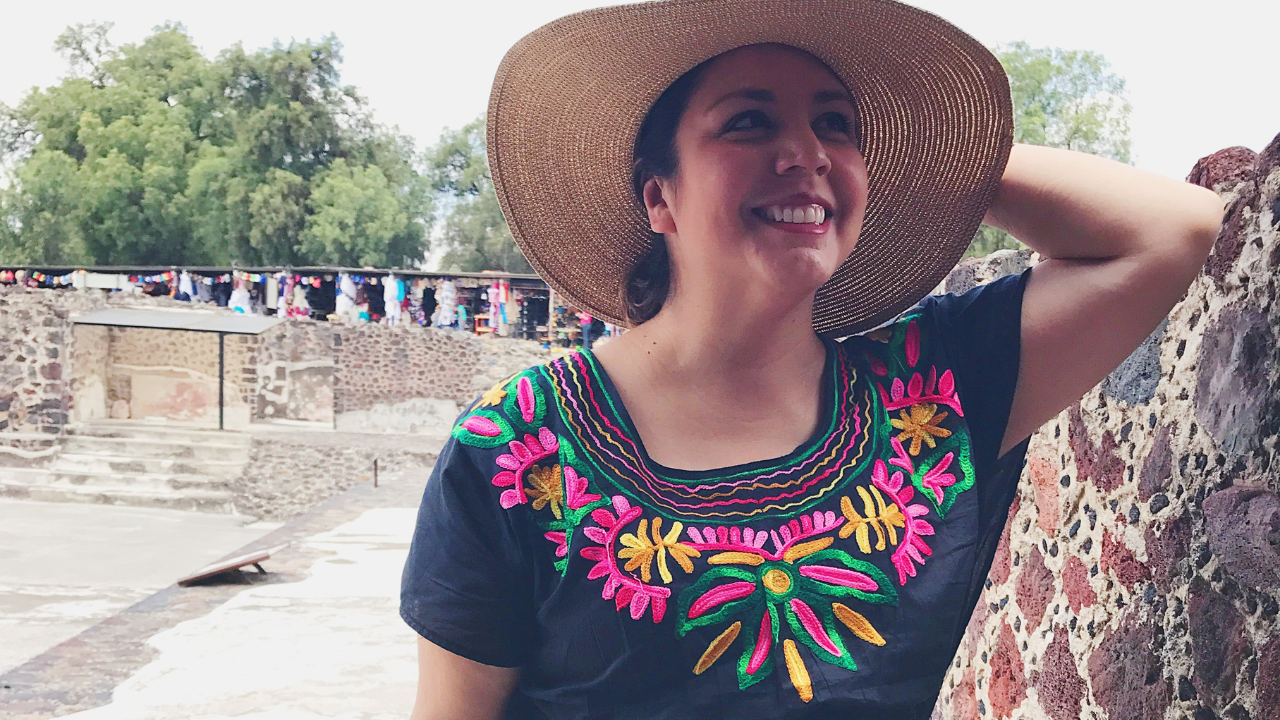TEMPLE TERRACE, Fla. — To celebrate and recognize Hispanic Heritage Month ABC Action News will be highlighting several different Latin-American restaurants in the Tampa Bay area, as well as a bestselling recipe from their menu. We hope it'll help you get a taste of the personal and cultural identities that are shaped by food.
A taste of Mexico:
Long before European ships sailed ashore the Caribbean Sea, the pre-Colombian cultures of the Aztecs and Mayans were already surviving on diets based on the Mesoamerican flora and animals.
Numerous components used in Mexican cuisine thousands of years ago are still common ingredients used in kitchens all around the world today.
According to legend, King Moctezuma II welcomed the Spanish explorer Hernan Cortes with a hot cup of ‘xocolatl’ or chocolate when he arrived in the Aztec capital of Tenochtitlan in 1519.
This beverage was made from the dark-brown beans that would soon be imported into Europe and be as valuable as the gold Hernan had come to collect.
What is authentic Mexican cuisine?
Mexican food is one of the top three ethnic cuisines in the U.S., along with Chinese and Italian food. Mexico is also one of the few nations to have its cuisine recognized by UNESCO as an Intangible Cultural Heritage.
The size of the nation, as well as the history of its colonial and immigrant past, are some of the reasons why and how Mexico's cuisine came to be so distinctive.
Mexico has a long history that can be traced back to ancient indigenous peoples like the Mayans, who domesticated corn to create "maize," which had a profound impact on Mexican cuisine.
The tortilla, a staple of the Mexican diet, was created by the Mayans using the nixtamalization method, which involves heating corn in limewater before grinding and drying it to generate masa flour.
Mexico was exposed to a wide range of new foods as a result of the Spanish colonization, reflecting a wide range of influences from throughout the world.
The Spanish brought slaves with them, who introduced elements of African cuisine to Mexico.
Sesame seeds for pipianes, rice, plantains, coffee, tamarind, Jamaica for Aguas Frescas, and coffee. Even ingredients, such as yams and watermelons, came from Africa.
The domestication of animals, which the Spanish introduced, led to a large increase in the consumption of protein in the form of cheese and meat and when multiple waves of immigrants started to arrive in Mexico in the 19th century, the Lebanese who invented shawarma made the famous tacos al pastor a new element in Mexico’s cuisine.
More recently, the United States, Mexico's 2,000-mile border neighbor to the north, has started to have an impact on Mexican street cuisine as well.
American stereotypes have impacted what "authentic" Mexican food looks like when talking about the cultural influences on Mexican cuisine.
Few people in Mexico eat burritos built with wheat tortillas and taco shells that frequently pass for Mexican cuisine in the United States, much as chop suey and pepperoni pizza are not typical Chinese and Italian dishes. Mexican cuisine differs significantly from cuisine produced in the United States.
Although the huge burritos and hard-shell tacos with meat are wonderful, they are not traditional Mexican food and are instead a fusion of food between Texas and Mexico called ‘Tex-Mex.’
Vallarta's Mexican Restaurant
Jose R. Jimenez, originally from a little "pueblo" called San Jose De La Paz in the Mexican state of Jalisco, never dreamed he would one day operate Vallarta's Mexican Restaurant.
Jimenez started out working as a grape picker in California, but it wasn’t until he started working in a restaurant at 16 years old (who is now 60) that Jimenez’s passion for the sector sparked.
Prior to moving to Florida, Jimenez owned restaurants in Georgia and Pennsylvania. He now owns eight Vallarta's Mexican Restaurants in the Tampa Bay area.
“They have several locations, but everyone’s favorite is the original, the Temple Terrace location,” said Kenia Perez-Melendez, a customer who has been coming to Vallarta's Mexican Restaurant from the early age of 14.

Perez-Melendez worked at the restaurant’s Temple Terrace location as a hostess at 15. She remained there for seven years before leaving when she received her college degree.
On this day, she was at Vallarta's for her colleague’s retirement party with a group of friends.
“What I love about this restaurant is you can get as authentic as Mexican (referring to food), as you want and if they don’t have it on the menu, they will make it as Mexican (referring to the spice level), as you want,” Perez-Melendez said about her favorite restaurant.
Jimenez noted the majority of his relatives reside in the United States and some of them also own businesses in other states like Georgia and Tennessee. Maria Concepcion Leon, his wife, co-owns Vallarta, and two more members of his family also work with him.
“I want to thank our customers for the support and for always being there. Without our customers, there wouldn’t be business,” said Jimenez.

Bestselling Menu Dish Recipe: Mixed Meat Molcajete

Many Mexican dishes are prepared with molcajetes, a pre-Hispanic mortar and pestle made of volcanic stone. The two parts of a molcajete are the 'tejolote' or grinder/pestle, and the basin/mortar.
The use of the 'tejolote' releases the food's natural oils and improves flavor by pressing and twisting the components into a fine powder.
(Note: New molcajetes should be "cured" by grinding uncooked rice or rock salt in the basin to smooth out the interior and remove any grit.)
While Jimenez wouldn't share his exact recipe for his molcajete, Ericka Sanchez, the Mexican-American creator of the website NibblesandFeasts.com and Mexican cookbook author, shared one with ABC Action News.


Mocajete Mixto/ Mixed Meat Mocajete
Ingredients
- 2 cactus paddles
- 10 green onions
- 10 ounces Mexican sausage, chorizo or longaniza, casing on, sliced in half
- ½ pound medium raw shrimp, peeled- tail on, rinsed
- ½ pound seasoned skirt steak (or fajita style meat), sliced in strips
- 5 ounces queso fresco, cut in large slices
- 1 cup green or red salsa, warmed
- Warm corn tortillas to serve with
Instructions
- Preheat oven to 250° F. Place a large molcajete on a baking sheet. Place in oven to keep warm.
- Heat large comal or skillet over low-medium heat. Make a few slits on cactus paddles and place on skillet. Place green onions next to cactus paddles and cook until tender and a bit roasted, turning frequently with tongs. Set aside.
- Heat a large sauté pan over medium heat. Place longaniza (sausage or chorizo) on hot pan, turning frequently with tongs. Do not break casing. When longaniza renders its fat, place shrimp next to longaniza and fry until fully cooked. Remove from heat. Continue cooking longaniza for 5 minutes or until completely cooked. Remove from heat and set aside.
- Cook skirt steak (or fajita meat) until desired doneness. Set aside.
- Carefully remove hot molcajete from oven with oven mitts. Arrange cactus paddles over the edge of the molcajete, place cheese slices, longaniza, shrimp, steak and onions in molcajete. Pour over warm salsa in molcajete. Serve with warm corn tortillas.
Other Mocajete Recipe Recommendations
- ABC Action News Viewer Rosa Delia Urquiza's Mocajete Recipe
- La Piña en La Cocina Blog Mocajete For Two Recipe
- Villa Cocina Blog Guacamole In A Molcajete


